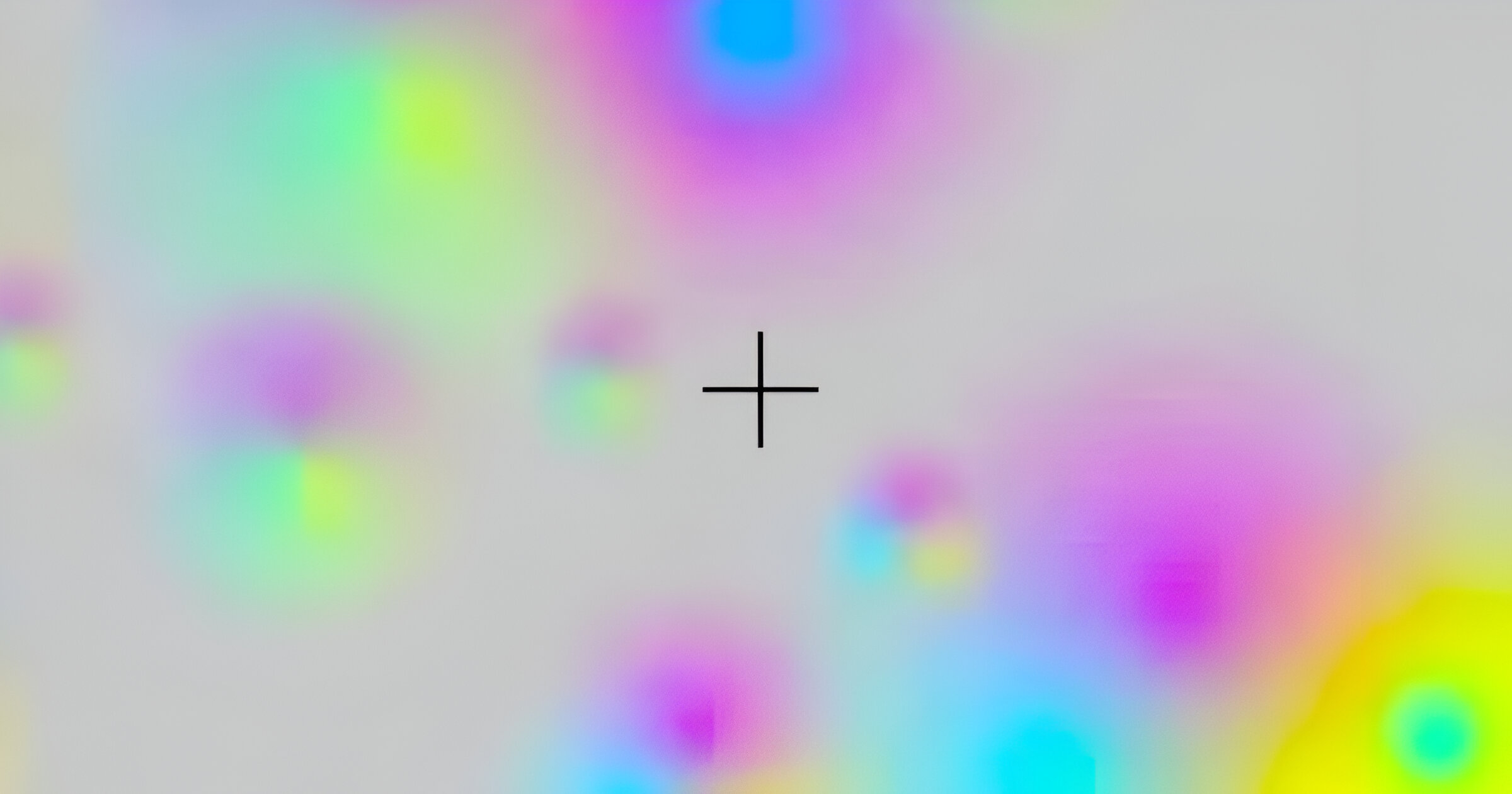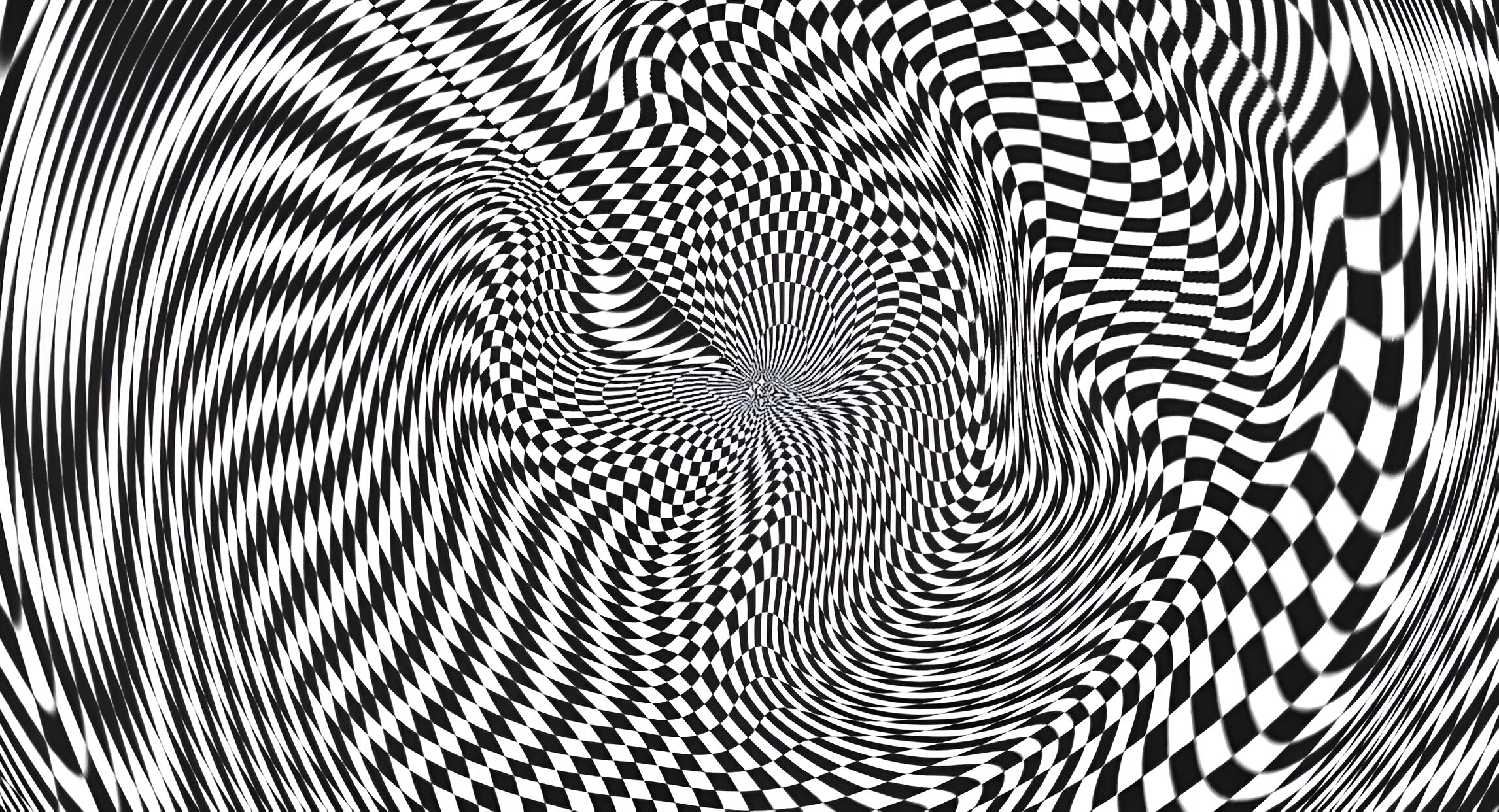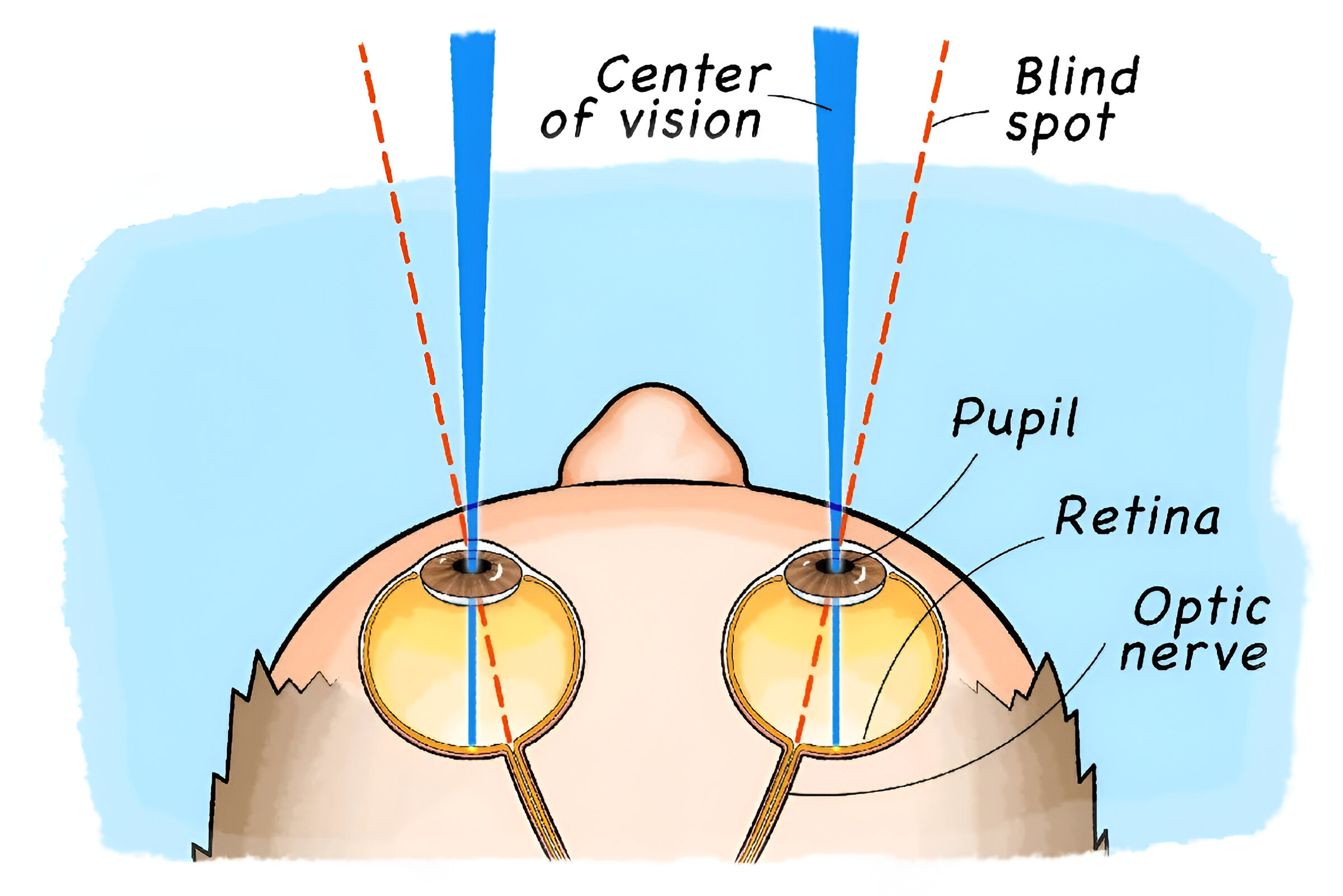The strange, wonderful quirks of how we see the world.
Vision is something most of us take for granted — until something weird happens. From seeing flashes in the dark to spotting shapes that aren’t there, our eyes and brain often play tricks on us. Most of these phenomena are completely normal and incredibly common — yet rarely discussed.
Let’s dive into some of the most intriguing, odd, and sometimes baffling visual experiences you’ve likely had but never really questioned.
1. Phosphenes: The Light Shows in the Dark
Have you ever closed your eyes and seen flashes, swirls, or sparkles? These are phosphenes — visual sensations caused by mechanical stimulation (like rubbing your eyes) or spontaneous activity in the retina or visual cortex.
-
They can appear as white dots, geometric patterns, or swirling light.
-
Often seen when sneezing hard, coughing, or standing up quickly.
-
Not dangerous in most cases, but if you see flashes with floaters, get your retina checked.
“Phosphenes are your retina’s way of reacting to pressure or stimulation — no light required!”
2. Floaters: The Shadows That Drift With You
Those tiny specks or threads that drift across your vision? Meet your vitreous floaters — microscopic fibers inside the eye casting shadows on the retina.
-
Most common with aging or nearsightedness.
-
Sudden increase in floaters, especially with flashes, may indicate posterior vitreous detachment or retinal tear — see your eye doctor.
3. The Troxler Effect: Your Brain Ignores Still Objects

Stare at a single point for a few seconds, and you may notice the surrounding details fade away. This is the Troxler Effect, where the brain stops processing unchanging stimuli.
-
It’s why optical illusions and “disappearing dots” work.
-
It highlights how your brain edits out ‘unimportant’ information to focus on movement.
4. Visual Snow: The Static Screen in Your Vision
Some people see a faint “TV static”-like overlay across their vision — called visual snow.
-
It can be constant or come and go.
-
Often accompanied by migraines, tinnitus, or light sensitivity.
-
The cause is not fully understood; it’s likely neurological, not optical.
5. Palinopsia: Afterimages That Linger
Ever stared at a bright light or bold object and then saw its “ghost image” linger for a while? That’s palinopsia — the afterimage effect.
-
Happens after exposure to intense contrast or light.
-
Normal in small amounts — if persistent or disturbing, it could signal a neurological issue.
6. Seeing “Stars” After Standing Too Fast
That sudden starburst or tunnel vision when you jump up too fast? It’s a form of orthostatic hypotension, where your blood pressure drops temporarily and briefly reduces blood flow to your brain and eyes.
-
Usually harmless but can be a sign of dehydration or cardiovascular issues.
-
Sit or stand slowly if you experience this often.
7. Blue Field Entoptic Phenomenon (Flying Corpuscles)
Look at a bright blue sky, and you might see tiny white or light dots zipping around in curved paths. These are white blood cells moving through capillaries in front of your retina.
-
Completely normal.
-
Most visible when looking at a bright, uniform background like a blue sky.
Bonus: Your Brain Edits Your Vision All the Time
Did you know there’s a blind spot in each of your eyes where the optic nerve exits the retina? Yet you never notice it — because your brain fills in the gaps using surrounding information.
Your vision is less a camera feed, more a mental reconstruction based on signals, patterns, and expectations.
Why These Matter
While many of these phenomena are harmless, sudden changes in vision should never be ignored. Regular eye exams can help detect:
-
Retinal issues
-
Migraines with aura
-
Neurological concerns
Final Thoughts
Your visual system is a marvel of biology and neurology. These “weird” phenomena are reminders of how complex and dynamic the simple act of seeing really is.
So next time you see stars, sparkles, or static — you’re not alone. Your brain is just doing its wild, wonderful work.





